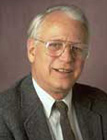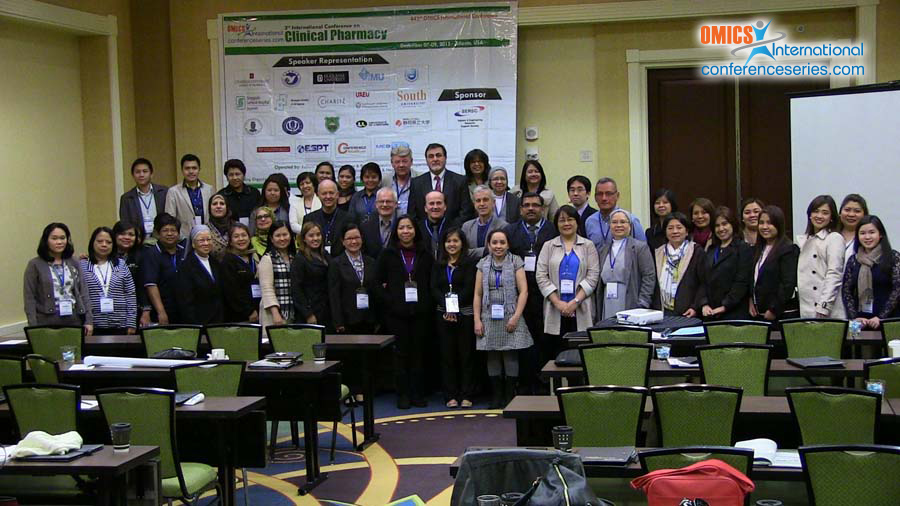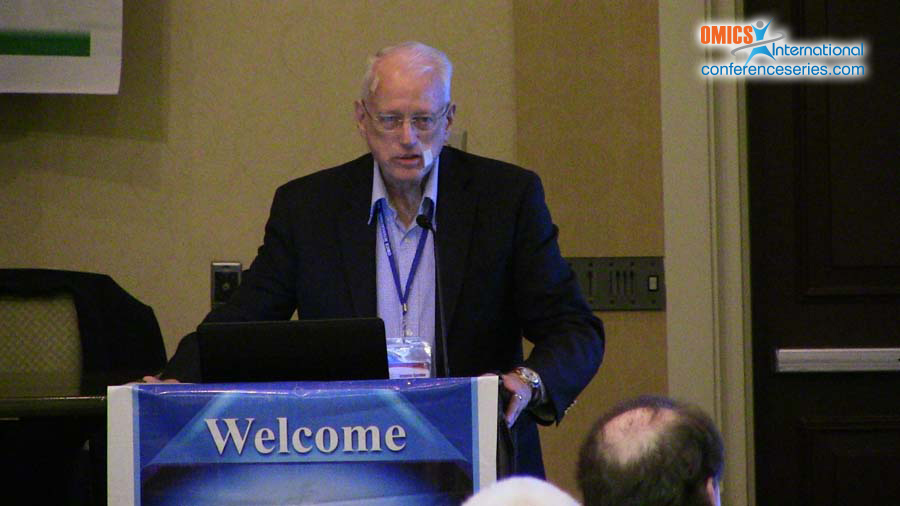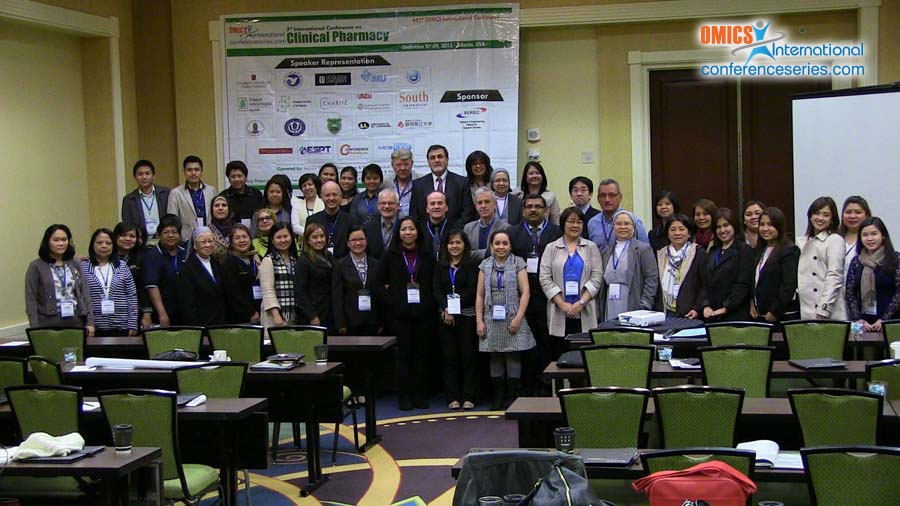
Roger W Jelliffe
University of Southern California, USA
Title: Managing Drug Dosage in the ICU – is Augmented Renal Clearance what we really want to Know?
Biography
Biography: Roger W Jelliffe
Abstract
Clearance (CL) is often felt to be the most physiologic parameter to describe elimination of substances from the body, and to be an independent parameter. However, there is an intimate relationship between CL, apparent volume of distribution (V) and the rate constant for elimination (K), in which CL = V times K, K = CL/V, and V = CL/K. Clearly none is independent. If one looks at general ways of describing similar systems, radioactive decay for example, there is no V, and K is the parameter giving accurate information about disappearance. In general, one can describe the behavior of a system as amount in a compartment, and the rate of movement from one compartment to another in terms of rate constants K. Observations of concentrations can be made as amount/V. CL is never needed. Further, since CL = KV, and since K has units of 1/time and V has units of volume, the units of CL are volume/time, and the actual information of rate of movement of drug becomes obscured when CL is used. However, V and K each give direct information about drug behavior. CL is not needed at all. CL is an unnecessary parameter. Further, since unstable ICU patients often have both rapidly changing renal function and unstable fluid balance at the same time, CL comingles and obscures the information of V and K, while V and K carry the needed information directly. This also facilitates separation of the two clinical issues of fluid balance and drug dosage for optimal management of these separate problems. Further, since ICU patients are so often unstable, conventional software for analyzing data of therapeutic drug monitoring (TDM) is no longer very useful, as it assumes that all the patent’s pharmacokinetic (PK) parameters are fixed and unchanging over the period of the data analysis. However, the interacting multiple model (IMM) algorithm developed in the aerospace community for tracking hostile targets most precisely has been developed [1] and implemented in the Bestdose clinical software [2] specifically to deal with this clinical situation. It tracks gentamicin and vancomycin in post-cardiac surgical ICU patients better than other methods [3]. It tracks changes in V and K as each new data point becomes available, resulting in the most recent Bayesian posterior parameter distributions. These then provide the foundation for dosage regimens to achieve desired target drug concentrations in the near future with maximum precision, using multiple model (MM) dosage design [4]. Illustrative clinical cases will be presented and discussed.




